2013 Honda CB1100 Review - Motorcycle.com
Is anyone working harder to ensure the vitality of motorcycling in the 21st century than Honda? From the no-shift CTX700/N reviewed a few weeks ago to the congenial CB500 line previewed here last week, no other motorcycle manufacturer is actively presenting a global product line so universally affable and affordable that it’s clearly looking to reach beyond the already-converted.
Recognizing that the future of the industry is riding on the next generation, Honda is marketing motorcycles intended to appeal to the casual motorcycle bystander – and an age bracket younger than the one currently attending rallies and races. These new Hondas are aimed at a demographic faced with spiraling gas prices, increasing traffic and an earnest desire to leave a lighter footprint on the planet than its ancestors. It’s rare that any kind of enthusiast brand, powersports or otherwise, develops a product devised to make inroads among the general public, but that’s precisely what Honda is doing in 2013. And judging by the results, it’s a philosophy that’s destined to succeed.
VIEW: Read our review of the Honda CTX700/N
Part of the approach is to build elemental bikes focused more on function than form, and one way to achieve that goal, while maintaining panache, is to capitalize on the current trend of throwback/retro machines. Presenting the 2013 CB1100, Honda’s new inline-Four standard that hearkens back to a golden age of Japanese motorcycling currently enjoying a resurgence among the younger generation.
Clearly inspired by and modeled after 1970s-era CBs, the new standard doesn’t look to dazzle with newfangled gadgetry like the CTX, nor does it look to be an “everything-to-everybody” bike like the 500s. Rather, its styling is elegant and austere; its performance is capable and steady; and its fit and finish is solid and graceful – and eminently so very Honda. The plain red fuel tank is utilitarian and features throwback badging, the alloy wheels are black and unpretentious, and chrome fenders and upswept megaphone pipes recall a simpler time, when it was less about the profile and all about the ride.
VIEW: Read our review of the Honda CB500F/R
And it’s a fun ride, to be sure. In spite of its 540 pounds of fully fueled curb weight, the new CB11 is a maneuverable around-town bike. This rider hasn’t piloted an urban bomber this capable and rider-friendly since Triumph’s Bonneville.
With plenty of serviceable low-end power (it produces more than 50 ft-lb of torque just above idle) and freeway-capable hustle (more than 60 ft-lb from 3300 rpm until its low 7000-rpm rev limit), the Honda is perfectly suited for commuting and tooling. It’s long, wide and flat-but-cushy seat is comfortable for one or two up, and its gearing is set up for off-the-line zip and boulevard quickness.
On the highway, its top-end pep is a little disappointing for an engine displacing more than 1100cc, but with no wind protection (or a 6th gear) you likely won’t want to ride this bike much faster than 85 mph anyhow. True, it’s dimensionally smallish and skinny, but with 1140cc’s and a 58.7-inch wheelbase its footprint is sturdy enough to instill freeway confidence. Even better for commuters, the 31.3-inch seat height is reasonably low and teams with mid-mount foot controls and a standard handlebar to keep the rider’s head and shoulders in an upright, traffic-appraising comfort zone.
COMPARE: Read our review of the Triumph Bonneville
The full-cradle steel chassis continues the less-is-more theme, as does the chain drive and dual rear shock absorbers. Also old-school is the air-cooled inline Four, but modern technology contributes fuel injection (with 32mm throttle bodies), dual overhead cams and four valves per 73.5mm x 67.2mm cylinder. Discs brakes front and rear are more than capable; combined ABS is available for $1K extra.
But enough with the nuts and bolts, for the pictures tell the story: This bike is made to run, steady and strong, and carry its rider with grace, elegance (there’s that word again) and a nod to tradition. The CB11 draws greatly from its heritage, and it shows in the cockpit as well as on the road. Controls are simple, without gadgetry or quirks. There’s nothing extemporaneous here, nothing unnecessary. The round chrome mirrors are perched on high stems; the metal foot controls are knurled on their ends; and nestled between the analog, classic green-faced gauges there’s a small LCD readout that offers a clock, two tripmeters plus odo and a hash-marked fuel gauge. Both hand levers are adjustable for reach.
With an MSRP starting at $9,999, the CB1100 is reasonably priced for a bike of its size. A retro-standard rival, Triumph’s Bonneville, retails for just $7700, but its engine is nearly 300cc smaller. But to this rider, the motor’s the only place it outperforms the Bonnie. Otherwise, it’s a very similar riding experience. ABS is an attractive option from Honda, but the $1K upcharge pushes the final cost of the CB1100 into the rarefied air above $10K. A Harley alternative, the Sportster XL1200C Custom, starts at $10,499, but its short on comfort and performance relative to the CB.
COMPARE: Read our review of the Harley-Davidson SuperLow
Honda’s aiming at the re-entry rider who’s looking for an economical but stylish reason to get back on two wheels. Here’s hoping Honda’s pricing doesn’t deter retro-minded riders who fondly remember MSRPs less than half of the new CB’s retail price.
I love this motorcycle, from its fit and finish to its handling and performance and its loads of curb appeal. The CB1100 dovetails nicely into what appears to be a new philosophy for 21st century Honda: Build it, and they will come. Bring the price down, Honda, and they just might stampede.
More by Jon Langston



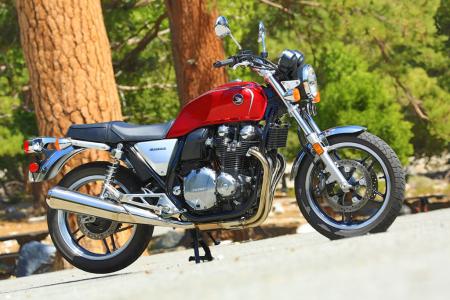






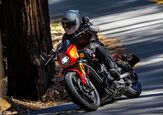
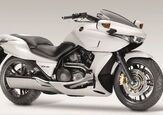
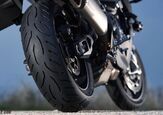
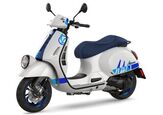
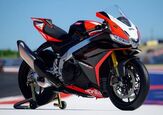


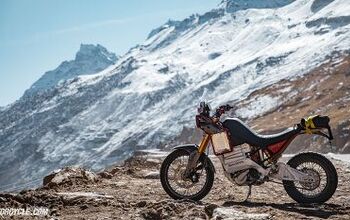
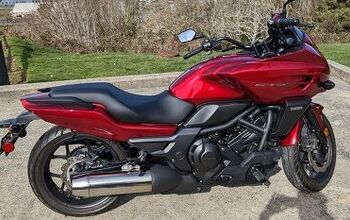


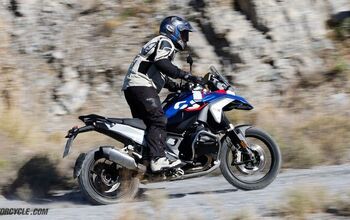
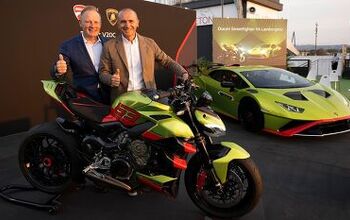
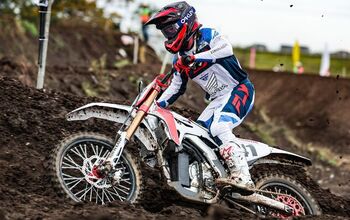
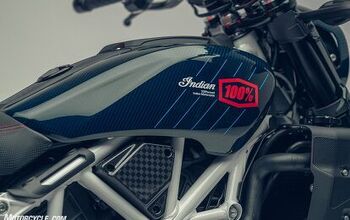
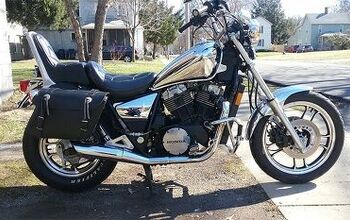
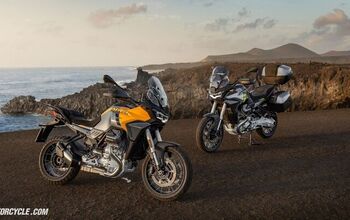
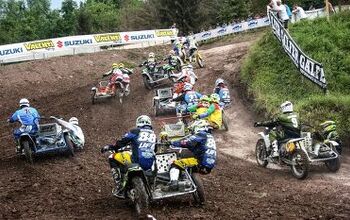
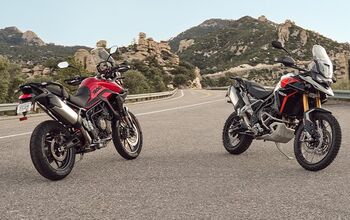
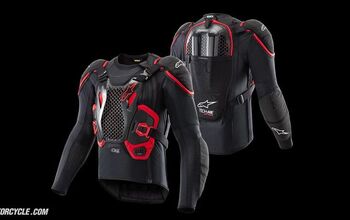
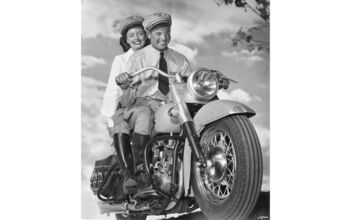
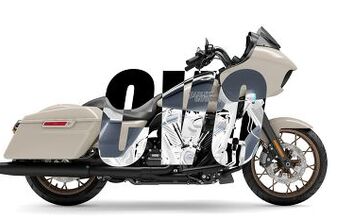
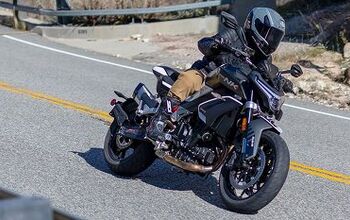
Comments
Join the conversation